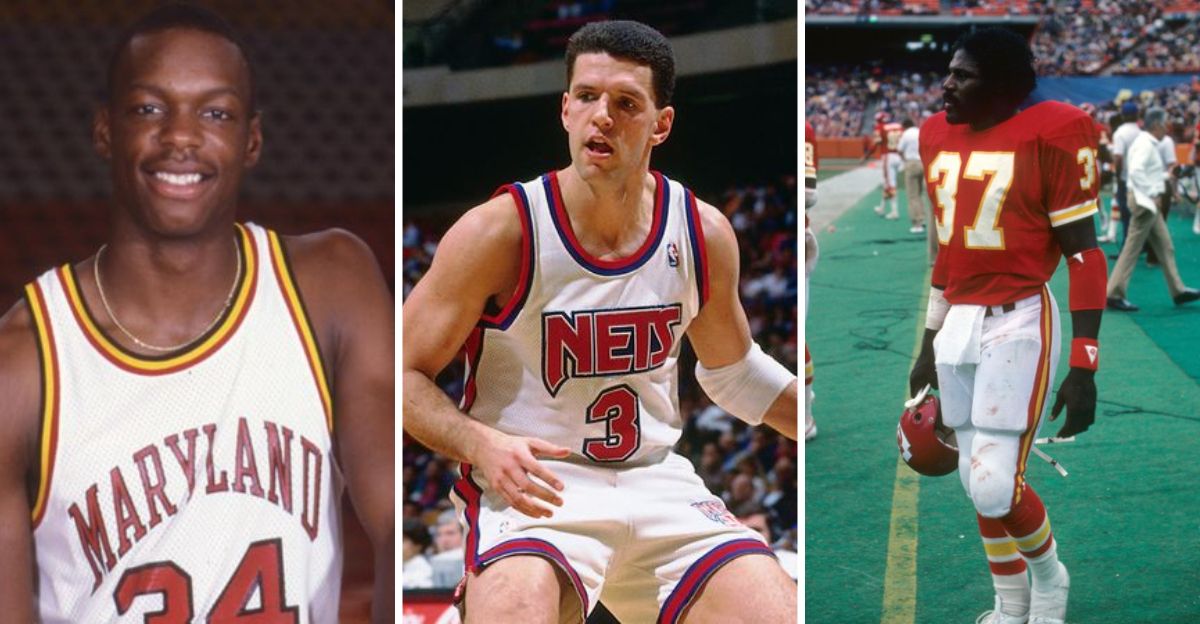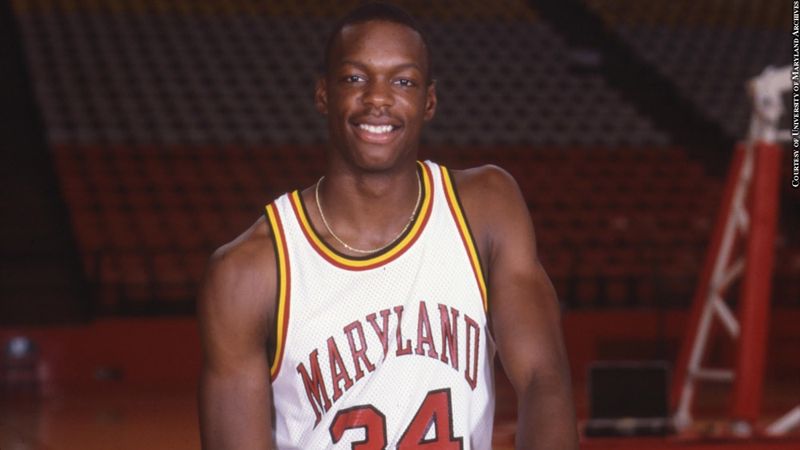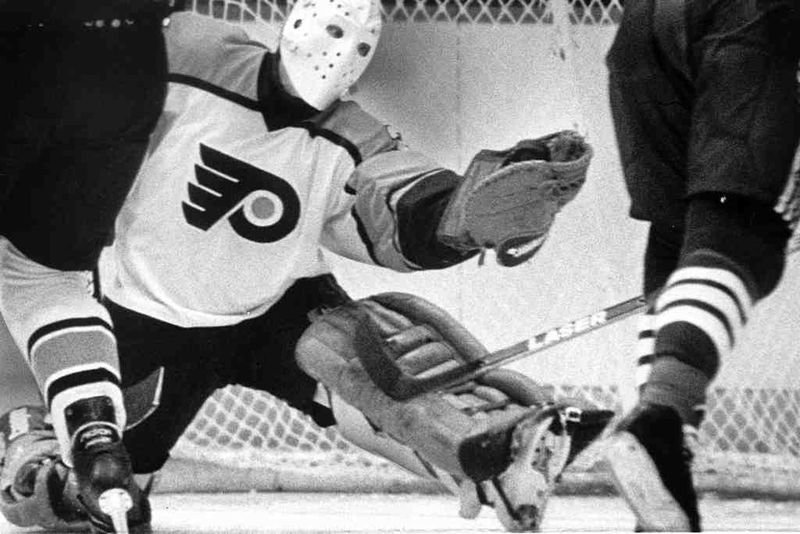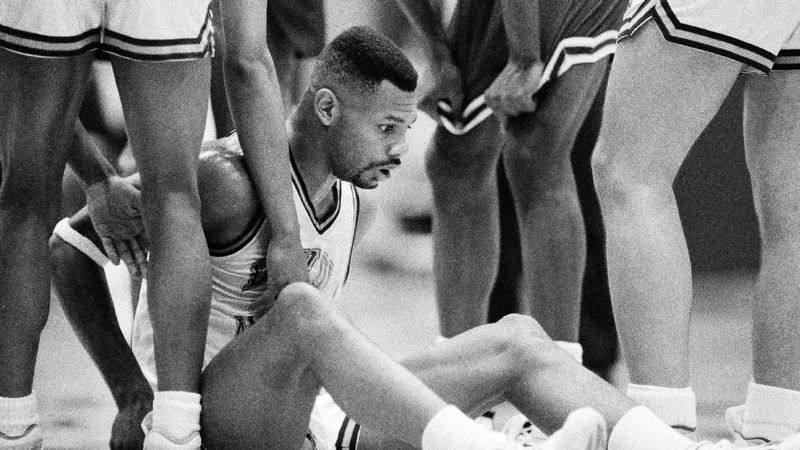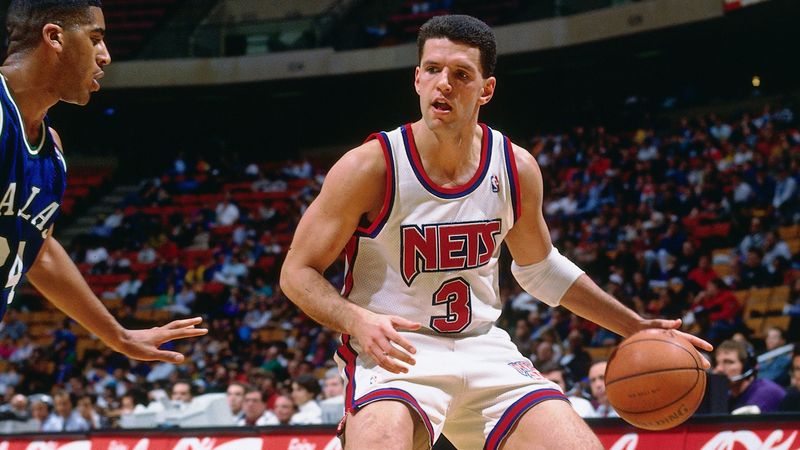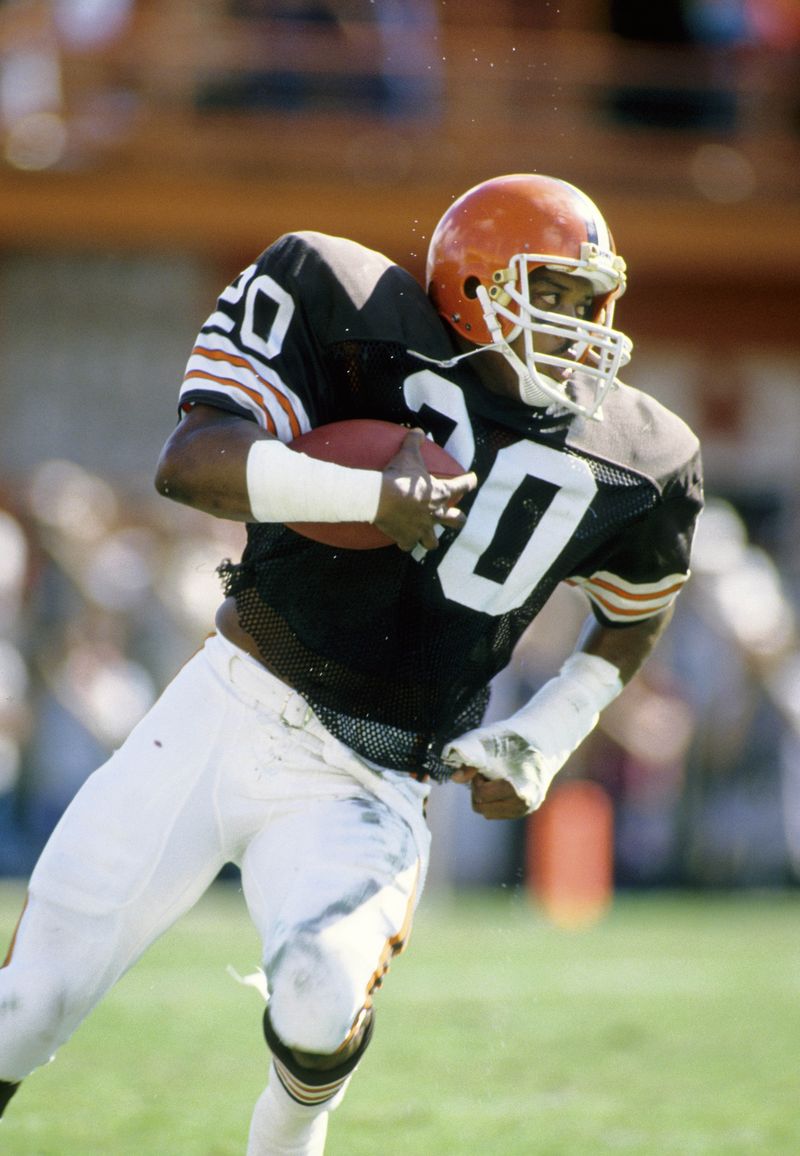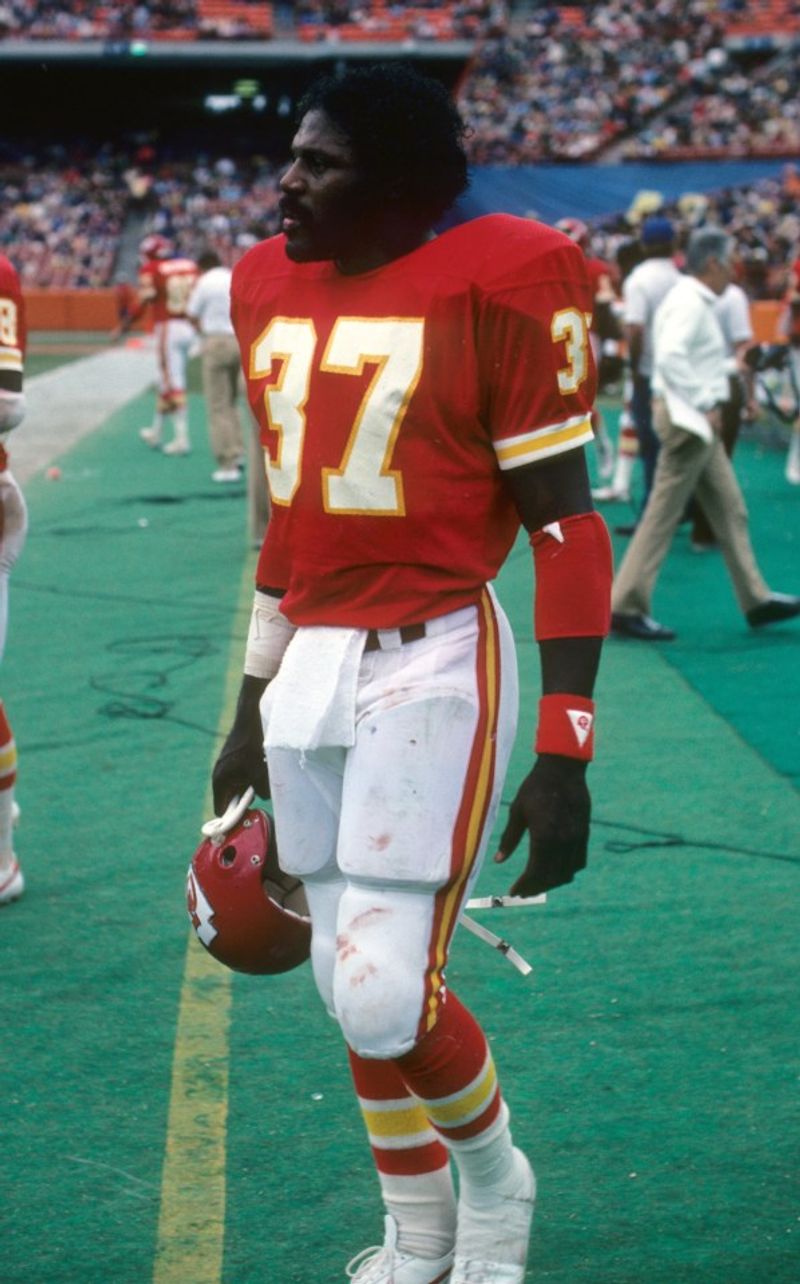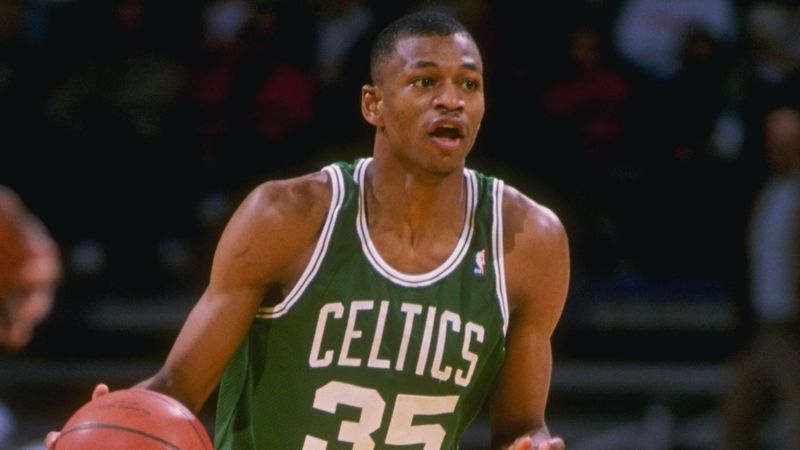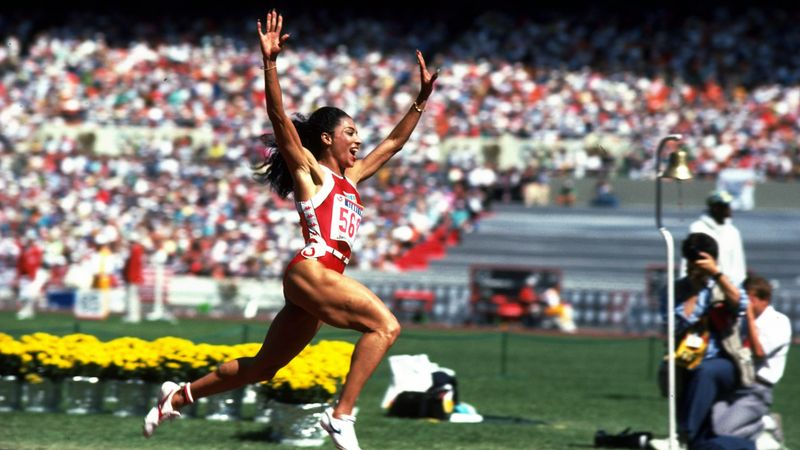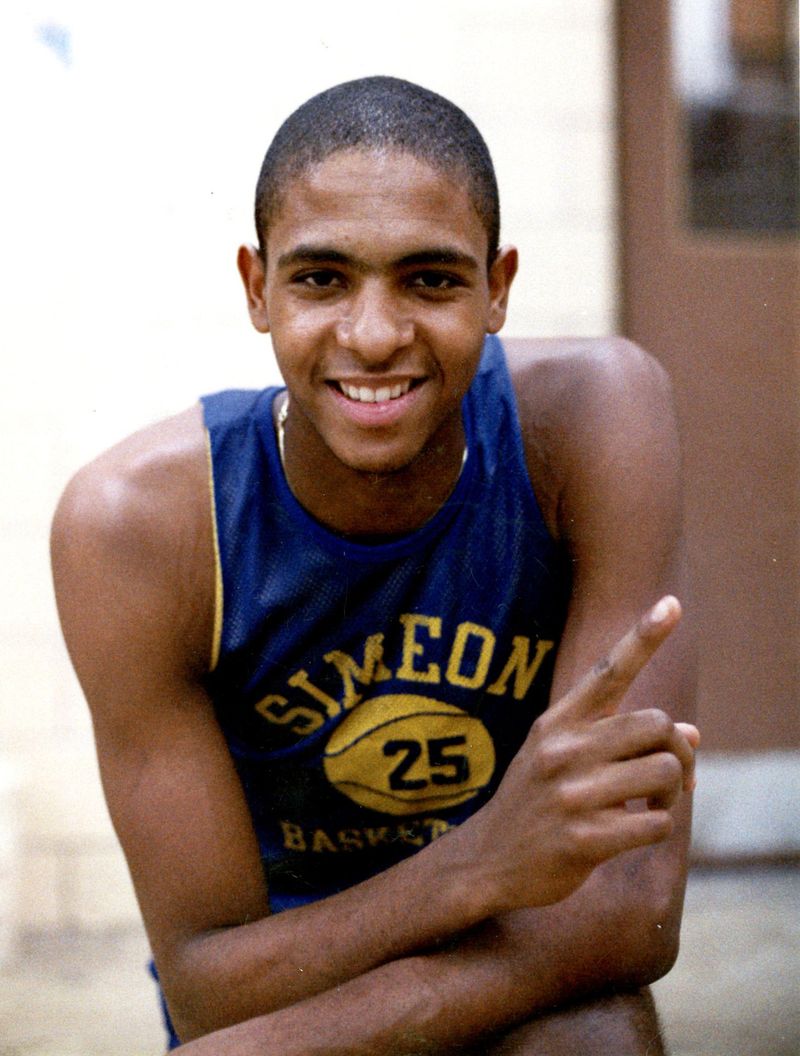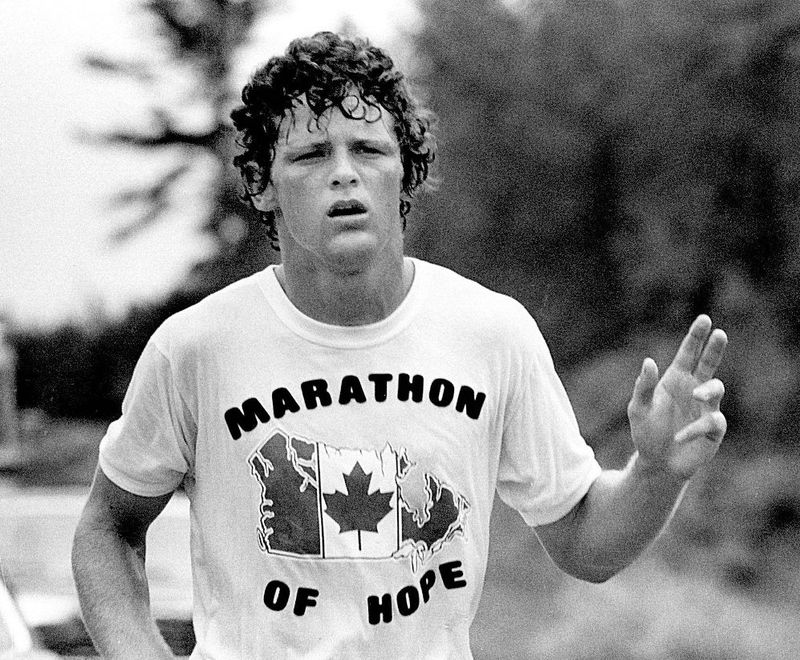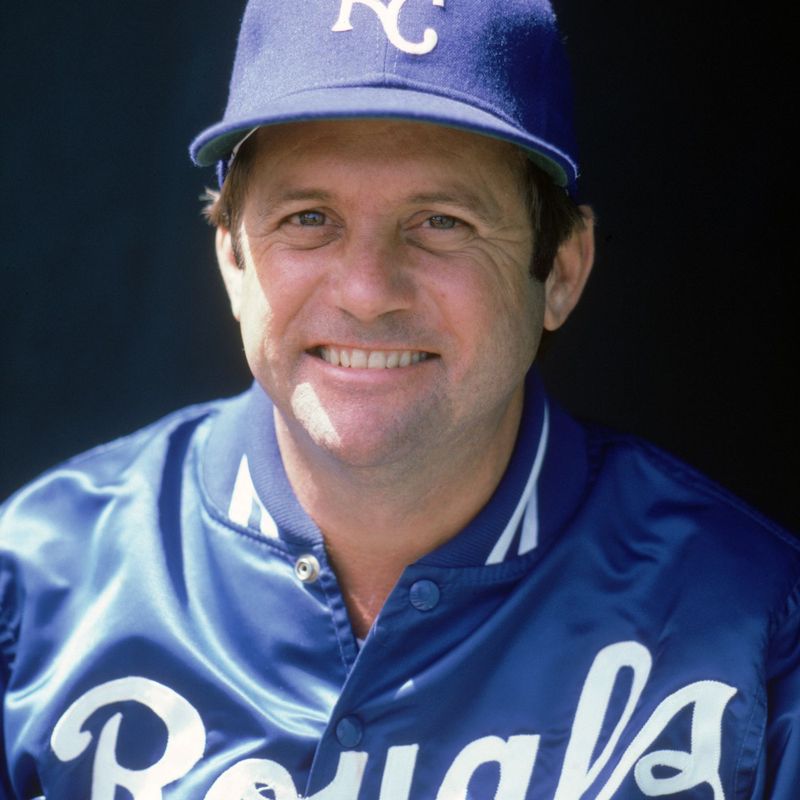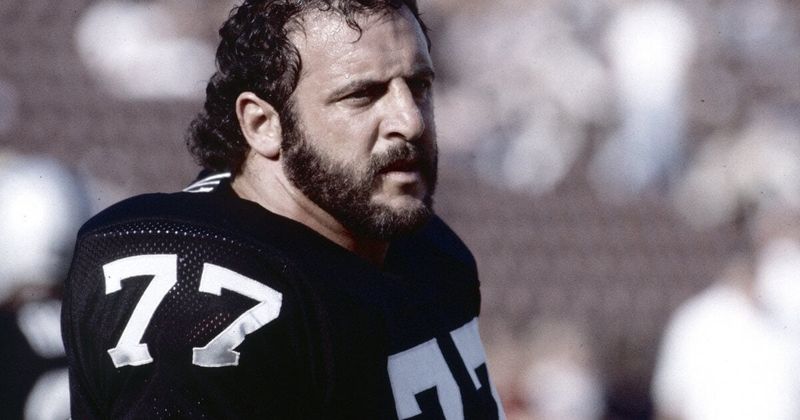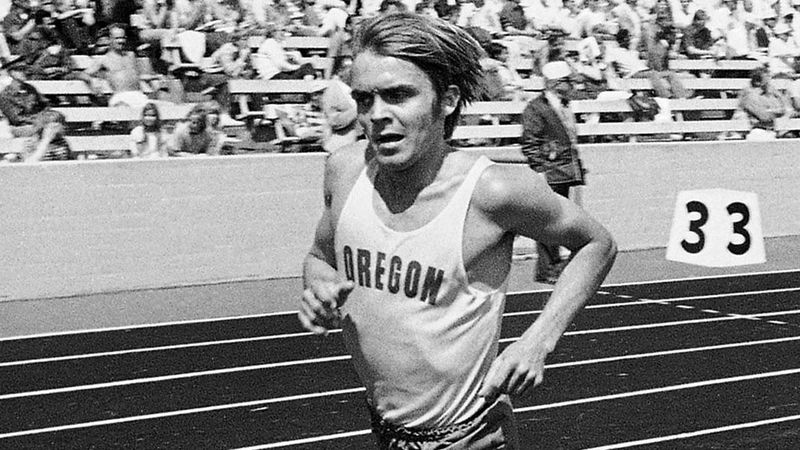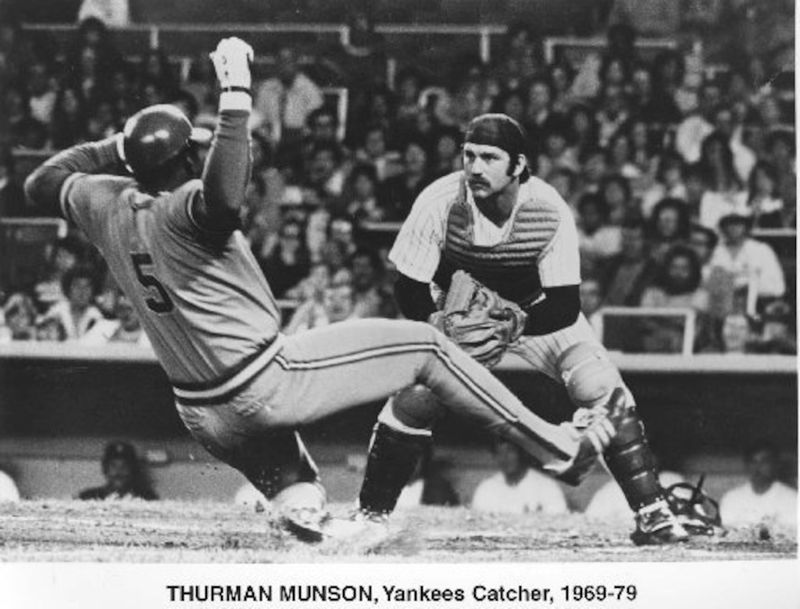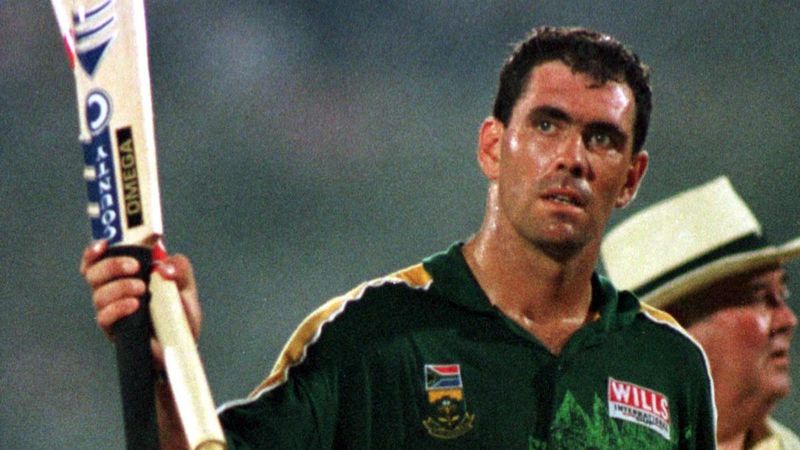The 1980s gave us some of the most talented athletes in sports history. Sadly, several of these stars had their lives cut short in heartbreaking ways. From basketball courts to race tracks, these gifted competitors left behind powerful legacies and unanswered questions about what could have been. Their stories remind us how quickly everything can change, even for those who seemed invincible.
1. Len Bias: Basketball’s What-If Story
Just 48 hours after being selected second overall by the Boston Celtics in the 1986 NBA Draft, Len Bias’s heart stopped beating. The University of Maryland superstar had celebrated his draft selection with cocaine, triggering a fatal cardiac arrhythmia at just 22 years old.
His death sent shockwaves through the sports world and beyond. Many believed Bias would have rivaled Michael Jordan as one of basketball’s greatest players.
The tragedy prompted significant changes in drug policy across America, including harsher sentencing guidelines. His mother, Lonise Bias, transformed her grief into purpose by becoming an anti-drug advocate, ensuring her son’s legacy extended far beyond basketball.
2. Pelle Lindbergh: The Goalie Who Changed Hockey
Swedish sensation Pelle Lindbergh redefined goaltending excellence before his life ended at 26. The Philadelphia Flyers star became the first European goaltender to win the prestigious Vezina Trophy in 1985, marking him as hockey’s premier netminder.
His revolutionary butterfly style and custom-made equipment changed how the position would be played forever. Tragically, after a night of drinking in November 1985, Lindbergh crashed his Porsche into a wall, suffering fatal injuries.
His death sparked the NHL’s first serious conversations about alcohol awareness programs. The Flyers never officially retired his number 31, but no Philadelphia player has worn it since that fateful night.
3. Hank Gathers: A Star Who Fell On Court
Fans watched in horror as Loyola Marymount’s unstoppable force collapsed during a West Coast Conference tournament game in March 1990. Hank Gathers had been diagnosed with an irregular heartbeat months earlier but reduced his medication because it affected his dominant playing style.
Standing 6’7″ and blessed with raw athleticism, Gathers led the nation in both scoring and rebounding in 1989 – the only player to accomplish this feat since 1952. His high-flying talents were perfectly suited for coach Paul Westhead’s revolutionary run-and-gun system.
His death at 23 devastated teammate and childhood friend Bo Kimble, who honored Gathers by shooting his first free throw left-handed in each NCAA tournament game that year.
4. Drazen Petrovic: The European Trailblazer
Rain fell on the German autobahn as basketball’s European pioneer met his fate at age 28. Drazen Petrovic was asleep in the passenger seat when his girlfriend’s car collided with a truck in June 1993, ending the life of the man who opened NBA doors for generations of international players.
The Croatian shooting guard possessed a lethal jump shot and unmatched competitive fire. After struggling for playing time in Portland, Petrovic found his NBA home with the New Jersey Nets, averaging 22.3 points per game in his final season.
Basketball fans in Zagreb still leave flowers at his memorial statue. His number 3 jersey hangs in the rafters in New Jersey and in the Basketball Hall of Fame, where he was enshrined posthumously in 2002.
5. Don Rogers: The Wedding That Never Happened
Cleveland Browns defensive back Don Rogers was hours away from his wedding when cocaine stopped his powerful heart. The 1984 AFC Defensive Rookie of the Year died during his bachelor party in June 1986, just one day before he was set to marry his college sweetheart.
Rogers possessed a rare combination of speed, hitting power, and football intelligence that had Cleveland coaches comparing him to NFL legend Ronnie Lott. His death came only eight days after basketball star Len Bias suffered the same fate, sparking national conversations about cocaine use among athletes.
Browns teammate Carl Hairston later revealed the team had been planning an intervention for Rogers. His number 20 became a silent memorial on Cleveland’s defense for years afterward.
6. Joe Delaney: The Running Back Who Ran Toward Danger
Three children splashed desperately in a Louisiana pond as Kansas City Chiefs running back Joe Delaney raced toward them without hesitation. Despite not knowing how to swim himself, the 24-year-old NFL star plunged into the water on June 29, 1983, attempting to save the drowning children.
Only one child survived. Delaney and two others perished in the murky water of Chennault Park.
President Ronald Reagan posthumously awarded Delaney the Presidential Citizens Medal for his sacrifice. His brief but brilliant NFL career included a franchise-record 193 rushing yards in a single game and Pro Bowl honors as a rookie. The Chiefs created a special 37 Forever program in his memory, teaching water safety to children.
7. Reggie Lewis: The Celtic Captain’s Final Shot
Sweat dripped from Reggie Lewis’s face during an ordinary summer practice in 1993 when he suddenly collapsed on the Brandeis University court. The 27-year-old Boston Celtics captain had shown warning signs, including a frightening collapse during a playoff game months earlier.
Medical opinions about his condition had conflicted dramatically. The Northeastern University standout had transformed from a bench player into an NBA All-Star through relentless work ethic, averaging 20.8 points per game in his final two seasons.
His death from hypertrophic cardiomyopathy devastated Boston, already reeling from the loss of Len Bias seven years earlier. The Celtics retired his number 35 jersey, and the Reggie Lewis Track and Athletic Center now stands in his hometown of Boston, serving thousands of young athletes.
8. Florence Griffith Joyner: The Fastest Woman Who Left Too Soon
Olympic gold medals still gleamed in Florence Griffith Joyner’s trophy case when she died unexpectedly in her sleep at age 38. The woman known worldwide as “Flo-Jo” revolutionized track and field with her flashy style, signature one-legged bodysuits, and elaborately decorated fingernails that were as much her trademark as her blistering speed.
Her world records in the 100m and 200m sprints, set during the 1988 Seoul Olympics, remain unbroken over three decades later. Speculation about performance-enhancing drugs shadowed her career, though she never failed a drug test.
An epileptic seizure caused her suffocation in September 1998, stunning the sports world. Her daughter, Mary Joyner, later pursued a singing career, carrying forward her mother’s artistic spirit.
9. Ben Wilson: Chicago’s Fallen Prodigy
Street violence claimed basketball’s next superstar just steps away from his high school. Ben Wilson, the nation’s top-ranked high school player, was gunned down in Chicago in November 1984, one day before his senior season at Simeon Career Academy would begin.
Standing 6’8″ with guard-like skills, “Benji” had led Simeon to the state championship as a junior. College recruiters from every major program pursued him relentlessly. His death at 17 came from a senseless altercation over a bumped shoulder on a sidewalk.
Future NBA stars like Derrick Rose and Jabari Parker later wore Wilson’s number 25 at Simeon as tribute. The 2012 documentary “Benji” chronicled his life and lasting impact on Chicago basketball, where his legend remains larger than the career he never got to have.
10. Terry Fox: The Marathon Runner Who Inspired Millions
One leg and an indomitable spirit carried Terry Fox nearly halfway across Canada before cancer reclaimed him. After losing his right leg to osteosarcoma at 18, the Canadian athlete embarked on his “Marathon of Hope” in 1980, running the equivalent of a marathon every day on a prosthetic leg.
Fox covered 3,339 miles over 143 days before lung cancer forced him to stop. His hobbling, hop-step running style became instantly recognizable across Canada as he raised millions for cancer research.
When he died in 1981 at just 22, an entire nation mourned. His annual Terry Fox Run has raised over $850 million worldwide for cancer research. Statues of Fox dot the Canadian landscape, honoring the young man who transformed personal tragedy into hope for countless others.
11. Dick Howser: The Manager Who Couldn’t Be Replaced
Kansas City Royals manager Dick Howser stood in the dugout during the 1986 All-Star Game, unaware a deadly brain tumor was already growing. Despite feeling ill, the 50-year-old skipper guided the American League to victory that July night in what would be his final game.
Howser had led the Royals to their first World Series championship just months earlier in 1985. His calm demeanor and tactical brilliance made him one of baseball’s most respected minds.
Diagnosed with malignant brain cancer shortly after the All-Star Game, he attempted a spring training comeback in 1987 but couldn’t continue. His death that June devastated baseball. The Royals retired his number 10 jersey, and MLB renamed the All-Star Game trophy in his honor.
12. Lyle Alzado: The Steroid Cautionary Tale
NFL defensive end Lyle Alzado terrorized quarterbacks throughout the 1970s and 80s before steroids destroyed his body from within. The former Raiders star died of brain lymphoma in 1992 at age 43, becoming the first high-profile athlete to claim his cancer resulted from performance-enhancing drug use.
Known for his uncontrollable rage on the field, Alzado admitted using anabolic steroids since 1969 and later human growth hormone. His once-powerful 6’3″ frame withered to 150 pounds during his illness.
Before his death, Alzado became an anti-steroid crusader, appearing on television showing his deteriorated condition. Though medical science hasn’t definitively proven the link he claimed, his haunting final message—”I’m sick, and I’m scared”—became a powerful warning for athletes considering performance enhancers.
13. Steve Prefontaine: America’s Running Revolutionary
The sports car swerved off the road just hours after Steve Prefontaine had dominated another track meet. America’s most charismatic runner died instantly in that 1975 crash at just 24, cutting short a career that had already revolutionized distance running in the United States.
“Pre” owned every American record from 2,000 to 10,000 meters at the time of his death. His front-running style and rebellious attitude made him a counterculture hero who fought against the amateur sports establishment for athletes’ rights.
The annual Prefontaine Classic track meet in Eugene, Oregon honors his legacy. His training methods and philosophy influenced generations of runners, while three films have chronicled his brief but incendiary life. His grave remains adorned with running shoes left by pilgrims to this day.
14. Thurman Munson: The Captain Who Fell From the Sky
New York Yankees captain Thurman Munson practiced landing his new Cessna Citation jet during an off-day in August 1979. The seven-time All-Star catcher crashed short of the runway at Akron-Canton Airport, perishing at age 32 when the aircraft burst into flames.
Munson had purchased the plane to fly home to his family in Canton between Yankees games. His gruff exterior masked a fierce loyalty to teammates that earned him the captain’s “C” – the first Yankees player so designated since Lou Gehrig.
The Yankees played the next day at Munson’s insistence, according to his widow. His locker remained empty for years afterward, and the team still displays his catcher’s gear in their museum. His number 15 was retired immediately after his death.
15. Hansie Cronje: Cricket’s Fallen Hero
South African cricket captain Hansie Cronje boarded a small cargo plane in 2002, never suspecting the stormy weather would claim his life at 32. The flight crashed into the Outeniqua Mountains, killing all three passengers and ending the controversial life of one of cricket’s most complex figures.
Before his death, Cronje had admitted to accepting bribes from bookmakers to fix matches, sending shockwaves through the cricket world. His tearful confession on national television destroyed his reputation after 68 test matches as South Africa’s beloved captain.
Despite his disgrace, thousands attended his funeral. The tragedy came as Cronje was rebuilding his life after being banned from cricket for life. His story remains cricket’s most powerful cautionary tale about the dangers of corruption in sports.
